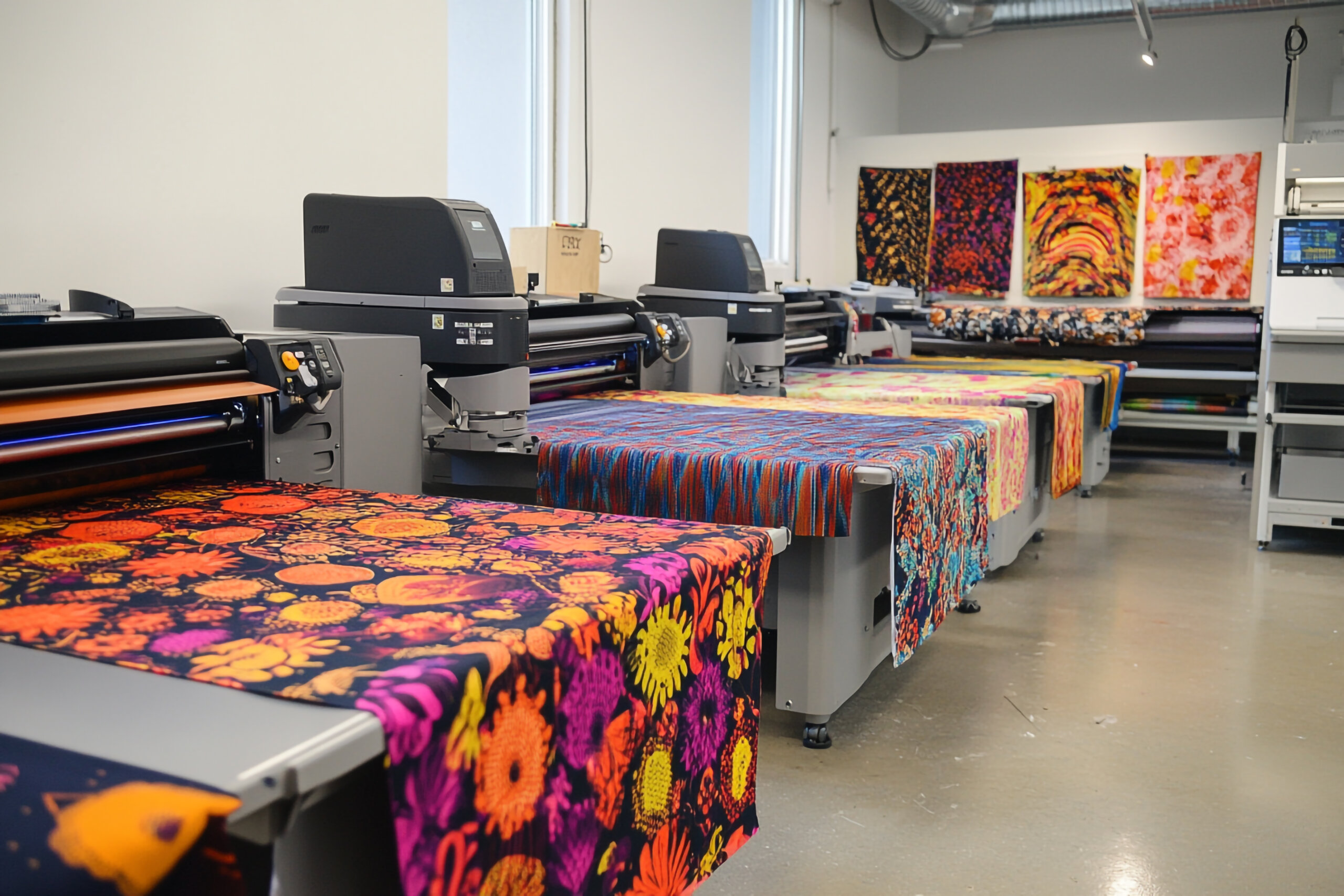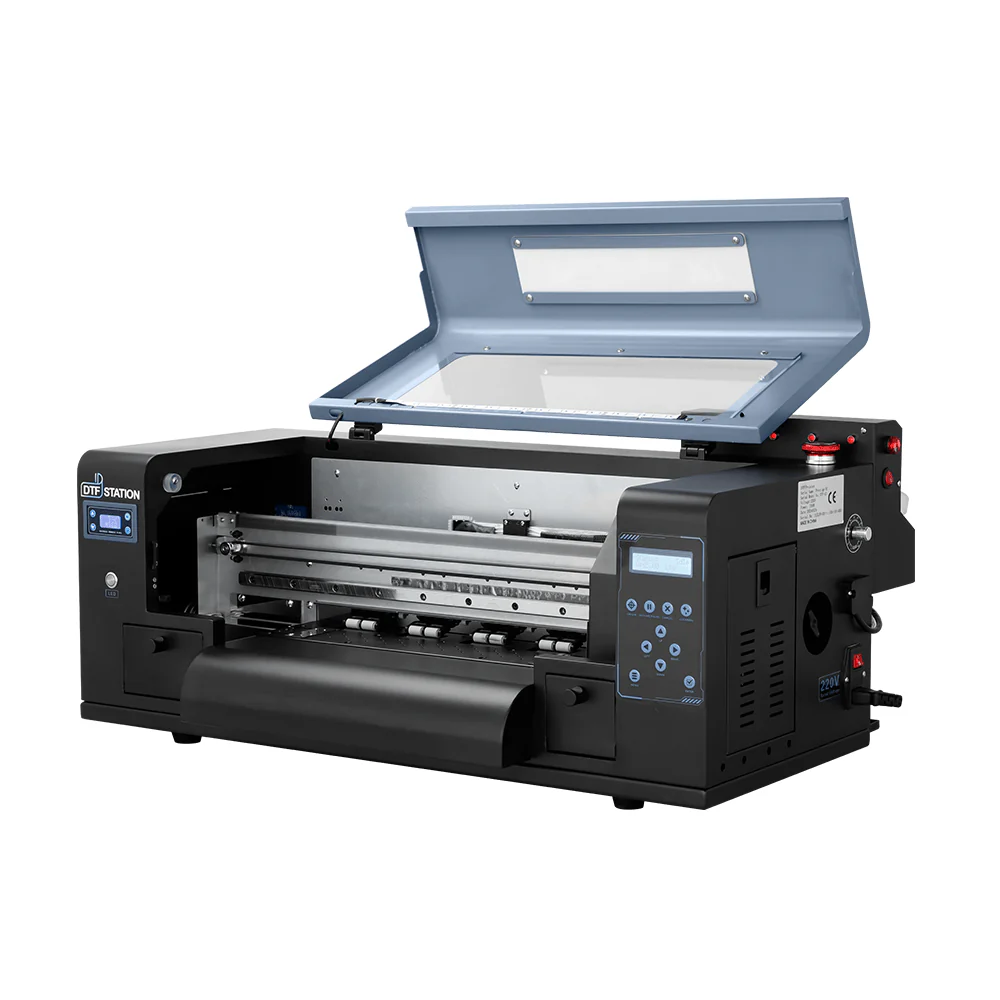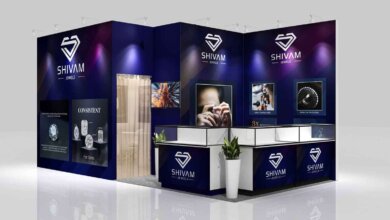The Complete Guide to DTF Printer: How It Works and Why It’s Changing Apparel Production
In the fast-paced world of custom apparel, staying ahead of the competition means keeping up with the latest technology. DTF printer has quickly become one of the most exciting and transformative methods in the industry. With its ability to print full-color designs on a wide range of fabrics—without the complicated setup of older methods—DTF printing is helping creators, small businesses, and large-scale operations streamline their production and boost quality.
Whether you’re new to garment decoration or looking to expand your capabilities, this guide will walk you through everything you need to know about DTF printing—what it is, how it works, its key benefits, and why it’s rapidly changing the future of custom apparel production.
What Is DTF Printing?
DTF stands for Direct to Film. It’s a method of printing where designs are printed onto a special transfer film using water-based pigment inks. Once printed, the film is coated with a powdered adhesive, heat-cured, and then applied to a fabric surface using a heat press.
Unlike traditional methods such as screen printing or vinyl transfers, DTF doesn’t require pre-treatment or weeding. It offers vibrant, detailed results on nearly any fabric—cotton, polyester, blends, nylon, and more—making it one of the most flexible printing options available today.
How Does DTF Printing Work?
The DTF process is efficient and streamlined, consisting of a few simple steps:
1. Design Creation
Start by creating or importing your artwork into RIP (Raster Image Processor) software. This software prepares your design for printing, managing color profiles and ink layers to ensure accurate, vibrant results.
2. Printing on Film
The design is printed in reverse onto a PET (polyethylene terephthalate) film using special DTF inks—typically CMYK plus white. The white layer acts as a base for the colors to sit on top, ensuring opacity on dark fabrics.
3. Applying Adhesive Powder
While the ink is still wet, a hot-melt adhesive powder is applied to the printed film. This powder sticks to the ink and will later bond to the fabric during heat pressing.
4. Curing the Powder
The film is then passed through a curing oven or placed under a heat press (hovered, not pressed) to melt and activate the adhesive powder. This creates a ready-to-use transfer.
5. Heat Transfer to Fabric
Finally, the cured film is placed onto the fabric and pressed using a heat press at the appropriate temperature and pressure. After cooling for a few seconds, the film is peeled away, leaving a soft, durable, full-color design.
Advantages of DTF Printer
DTF technology brings several key advantages that are making it a favorite in the apparel world:
Versatility
DTF printing works on nearly any fabric type. Whether you’re printing on cotton, polyester, blends, fleece, denim, or even leather, the results are consistent and high-quality. There’s no need for pre-treatment or different setups for different materials.
Vibrant and Durable Prints
The inks used in DTF printing are highly pigmented, resulting in rich, bold colors and fine detail. Once applied, the designs are flexible, stretch-resistant, and withstand dozens of washes without fading, cracking, or peeling.
Low Setup Costs
Compared to screen printing, which requires screens and significant setup time, or vinyl cutting, which involves manual weeding, DTF printing is fast and affordable. You can print short runs, custom orders, and complex designs without extra labor or cost.
No Minimum Order Requirements
Because the process is digital and has minimal prep time, DTF printing is ideal for on-demand production. Print one item or one hundred—it’s just as simple.
Fast Turnaround
From design to finished product, DTF printing can be completed in minutes. This allows for faster fulfillment and greater flexibility, especially for businesses offering same-day or next-day custom apparel.
Who Should Use DTF Printing?
DTF printing is suitable for a wide range of users, including:
- Small business owners looking to expand their product line or offer custom printing services.
- Apparel brands interested in vibrant, long-lasting prints with fewer production limitations.
- Print-on-demand stores needing a fast and flexible printing method.
- Designers and artists who want to bring their art to life on wearable products.
- Large print shops looking to streamline custom orders without additional setup time.
Whether you’re printing t-shirts, hoodies, tote bags, or sportswear, DTF gives you professional-quality results with minimal effort.
Is DTF Printing the Future of Custom Apparel?
All signs point to yes. As the demand for fast, affordable, and high-quality customization grows, DTF printing checks all the boxes. It eliminates many of the limitations found in older techniques and empowers creators to print anything, on almost any fabric, with vibrant, lasting results.
The simplicity of the process, combined with the professional outcome, is driving its adoption across industries—from fashion and merchandising to events and corporate branding.
Final Thoughts
DTF printing is more than just a trend—it’s a technology that’s reshaping how apparel is designed, produced, and personalized. With low startup costs, minimal maintenance, and unmatched versatility, it opens the door to endless creative and business possibilities.
Whether you’re launching a new brand or improving your current production process, DTF printing is a smart, scalable, and future-ready solution. Now is the time to explore its potential and take your custom apparel to the next level.
Read this also






